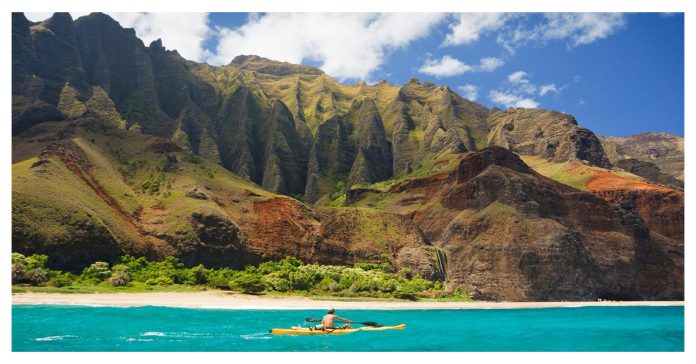Although many visitors cling to Hawaii’s superb sandy beaches, hikers and nature lovers climb the stunning, distinctive Hawaii mountains. From the rough volcanic ranges of the Big Island to the stunning, lush highlands of Kauai, exploring the Hawaii mountains is a wonderful treat. Since most of them have volcanic origins, it is conceivable to see a volcano erupt, like with Kilauea. Hawaii mountains are difficult to explore because of their distinct plant habitats, thick tropical forests, high levels of precipitation, and vast heights, but once you reach the summit, the vistas make you feel as though you are on top of the world.
We recommend that before your visit kindly confirm the current opening times, which will help you make the trip easier.
1. Diamond Head
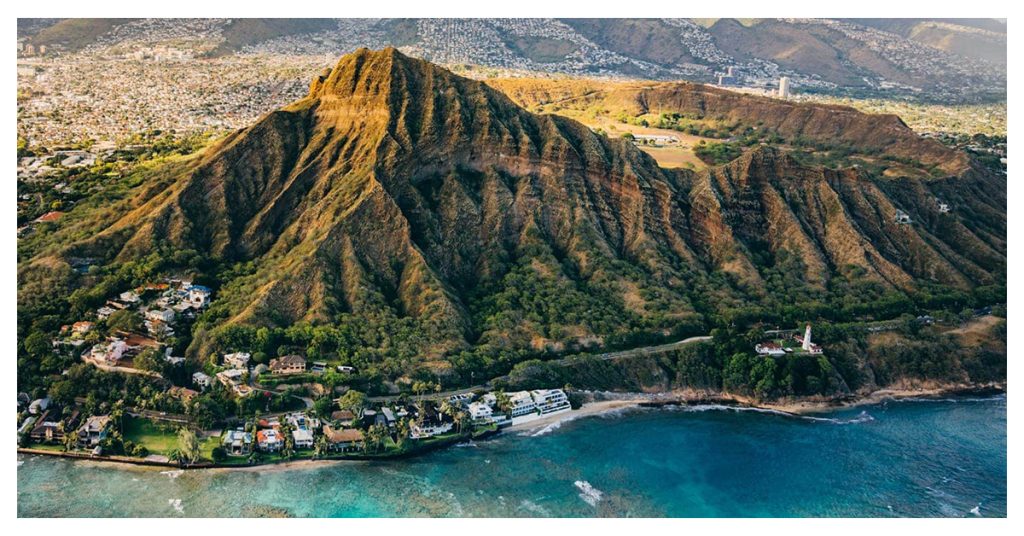
One of the majestic mountain ranges in Hawaii; is Diamond Head is near Oahu’s eastern coast. No visitor to Oahu can overlook the well-known hiking track that leads to this 300,000-year-old volcano cone. Diamond Head offers breathtaking views of Waikiki, which is referred to as one of the best places to visit in Hawaii and the surrounding ocean and is a part of the Diamond Head State Monument. In 1908, the Le’ahi mountaintop trail was constructed as a crucial component of Oahu’s coastline defense. The trail is only 0.8 miles from the trailhead to the peak, but because it is steep, slippery, and difficult, it feels much longer. The height increase for hikers from the volcano’s base is 560 feet.
2. Haleakala
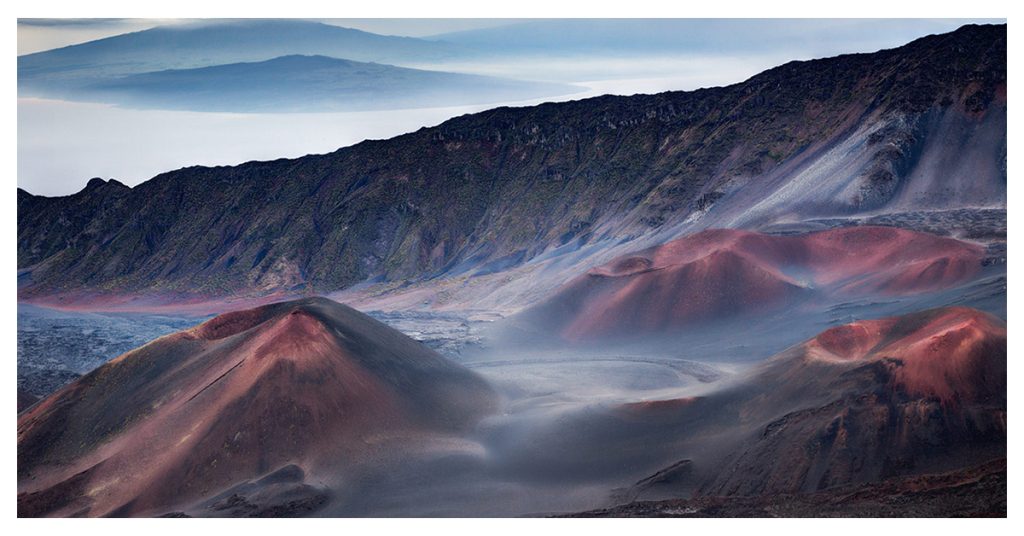
On Maui Island, there is a sizable shield volcano called Haleakala. Haleakala, often known as the “house of the sun,” or Red Hill, has a peak that is 10,023 feet tall. The peak has a large depression with steep sides, measuring 7 miles long, 2 miles wide, and 2,600 feet deep. The mountain, which is a part of Haleakala National Park, is largely barren and menacing-looking. The two primary trails entering the volcano are the Sliding Sands Trail and the Halemau Trail. The journey to Haleakala is fairly taxing because it drops into the volcano for roughly 2,000 feet before returning uphill. The mountain’s great elevation and low temperature at the summit, which dips to 40°F, make climbing challenging. Nonetheless, none of that deters hikers and tourists, and it’s customary to climb Haleakala’s top in the early morning hours.
Read More – California Mountains: Top best places to visit in California.
3. Hualalai
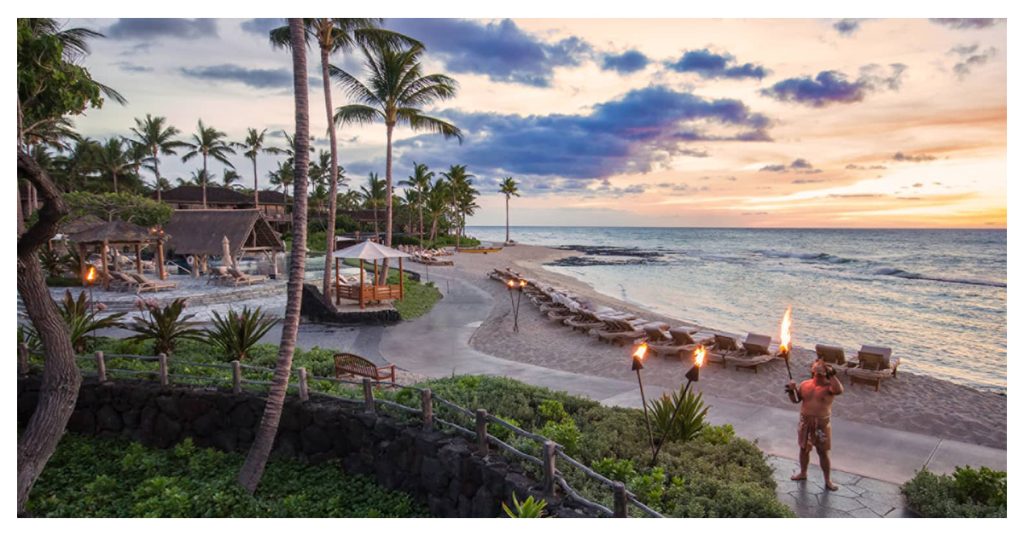
One of the five shield volcanoes that make up the island of Hawaii, Hualalai is one of the island’s most active volcanoes. 8,271 feet high and around 300,000 years old, its tallest peak. Within the next century, it is anticipated to erupt once more. The mountain, which has been inhabited by indigenous since before written history, was a favorite of the Hawaiian kings, who constructed numerous mansions on its slopes. The ecology of volcanoes is fascinating since it contains many endangered plant species and protected areas. Golf courses and opulent resorts may be found all along the shore. The Hualalai is a relatively simple trek that attracts a lot of people, despite the fact that the area near the peak is privately owned.
4. KamakOn
In the island of Molokai, Kamakou, which has a height of 4,961 feet, is the tallest peak. It is a piece of the extinct shield volcano on east Molokai. Several of Hawaii’s rarest and most endangered plant species can be found in the Kamakou Preserve, which is located quite high and alone on the mountain. Visitors are welcome at the preserve, which is owned and operated by the Nature Conservancy. The preserve offers guided monthly treks along a winding picturesque boardwalk. You can take a guided tour from Waikolu Lookout to the Pepeopae trailhead in about 214 miles. With more than 170 inches of precipitation per year, this region of Hawaii is one of the wettest, so be ready to get dirty and wet.
5. Kawaikini
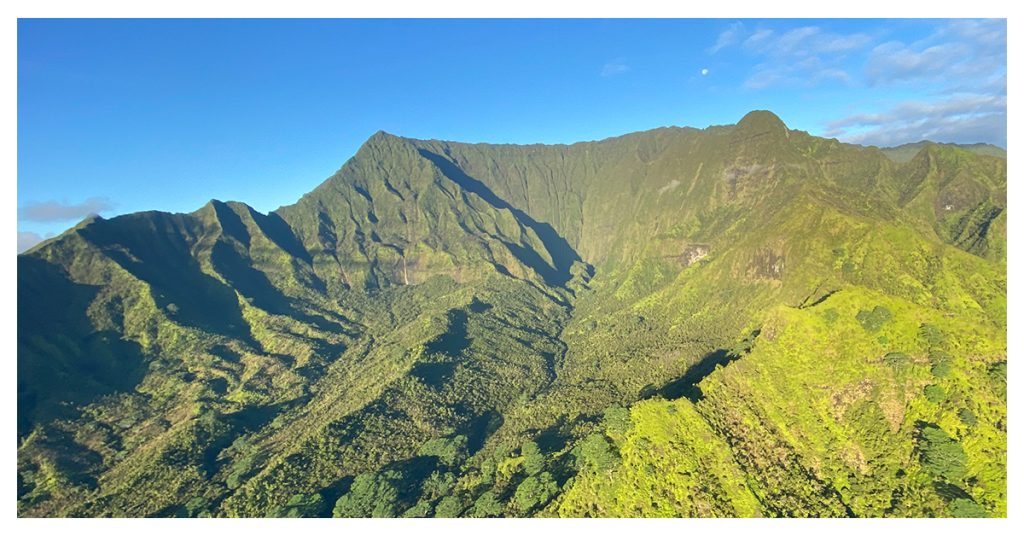
At a height of 5,243 feet, Kawaikini is regarded as one of the most stunning and picturesque mountains in the entire globe. This region is one of the wettest places on Earth and is the highest summit of the Mount Waialeale volcano on the island of Kauai. Nearby Lake Waialeale, a mile or so from the peak, contains a weather gauge that has reliably recorded more than 900 inches of rain annually. The volcano has been dormant for a very long time, and natural erosion throughout time has produced many features that contribute to its unusual, rugged beauty. The peak is frequently enveloped in clouds and mist. Although the wet, towering cliffs on the eastern slopes are thought to be insurmountable for hikers, they have served as a dramatic setting in numerous films. The Alakai Swamp can only be traversed in a practical manner by hikers using the Kokee State Park paths.
6. Kilauea
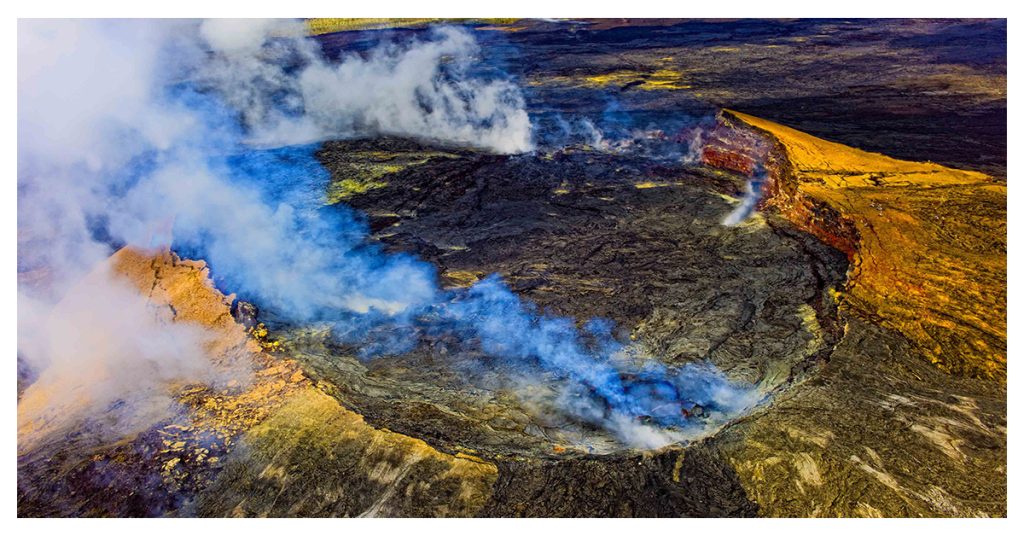
The most active volcano in the world, and also known as one of the most beautiful Hawaii mountains, Kilauea, is situated on the Big Island of Hawaii. With its lava forming new territory and obliterating existing land as well as the dwellings of people in its path, Kilauea plays a significant role in the island’s cycle of life. It is both hazardous and fascinating since it spews rocks and fire. Lava carries much destruction to the sea, yet it also preserves some areas of the environment, forming special habitats for various types of life. Kilauea is classified as a UNESCO World Heritage Site and is a part of the Hawaii Volcanoes National Park. Near the park’s entrance is a Kilauea Visitor Center. The museum’s observation deck is a fantastic place to see the Halemaumau Crater volcano activity while remaining safe. There are also several well-known hiking paths and scheduled tours led by rangers.
7. Kohala
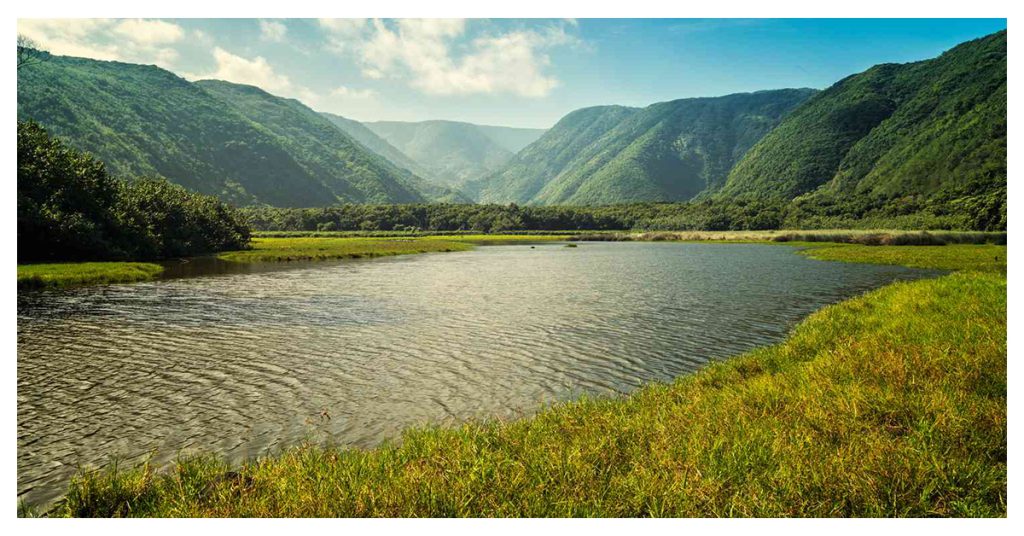
The oldest volcano in Hawaii’s Big Island is Kohala, a mystical mountain shrouded in mist and home to stunning waterfalls and deep canyons. The Waimano and Waipio valley cliffs are to the northeast, the Pololu Valley’s rugged, inaccessible north shore is to the north and west, and the Kohala water area is off-limits to the east. The Kohala State Forest Reserve and a few other natural area reserves surround the mountain, ensuring that the entire spectacular area will stay untainted and untamed. The tallest peak, Kaunu o Kaleihoohie, is 2,560 feet above sea level and is extremely difficult to reach. A lush highland tropical cloud forest full of endemic species of plants and animals covers it. Kohala Mountain Road is renowned for its breathtaking scenery and unrivaled mountain views.
8. Ko’olau Range
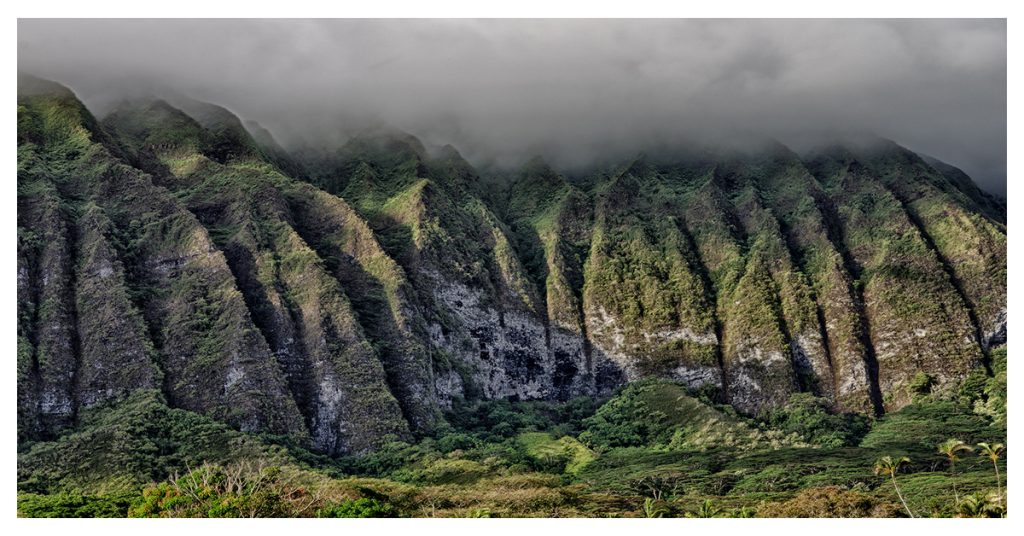
One of the two mountain ranges that make up Oahu is the Ko’olau Mountains, which can be seen from almost everywhere on the island. Ko’olau is 3,150 feet above sea level, but its peak has a lengthy ridge that rises suddenly and steeply over 2,000 feet above sea level. A huge shield volcano that formerly existed left behind the mountain. Although being quite close to Hawaii’s largest cities, Ko’olau is almost completely devoid of people and has a network of overgrown and abandoned pathways, which attracts hikers looking for solitude to these routes and the journey through the unmanaged wilderness. The pathways are encircled by thick forests, numerous unique plants, cliffs, and stunning scenery. The majority of the mountain paths that go to ridgelines, peaks, and ascents begin on the western side of the mountains.
9. Mauna Kea
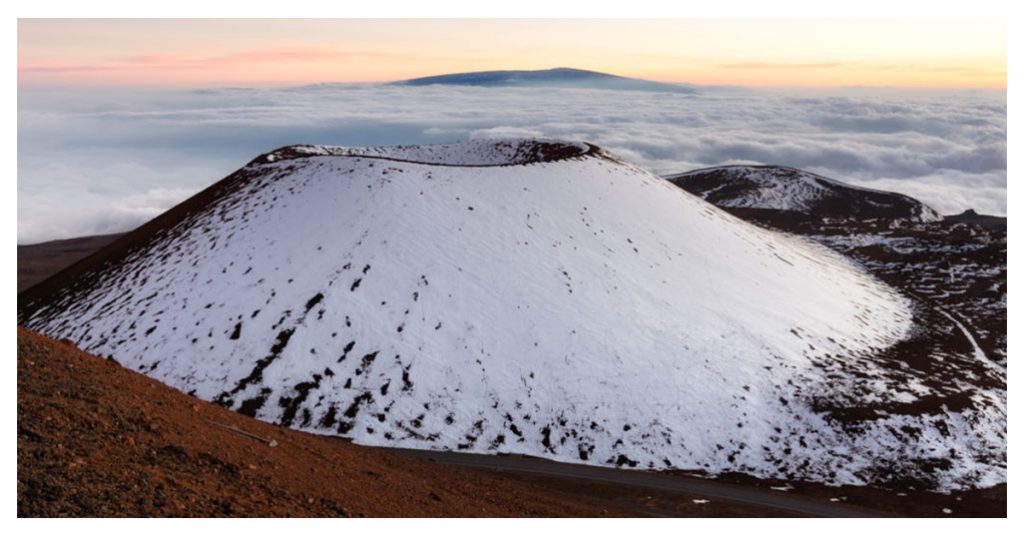
The tallest sea mountain in the world, Mauna Kea is a well-known dormant volcano on the island of Hawaii with its highest peak rising 13,796 feet above sea level and more than 33,000 feet above the ocean’s surface. One of the world’s top locations for astronomical observation is at the summit of Mauna Kea due to its extremely high elevation, dry air, and steady breeze. The largest facility of its sort in the world today has thirteen telescopes at the top, owned by eleven different nations. Visitors can use the telescopes at the visitor center, and the Onizuka Center offers free evening stargazing programs. Even though the mountains are frequently covered in snow, it gets exceedingly cold. From such a high elevation and clear air, the dawn and vistas are just breathtaking.
10. Mauna Loa
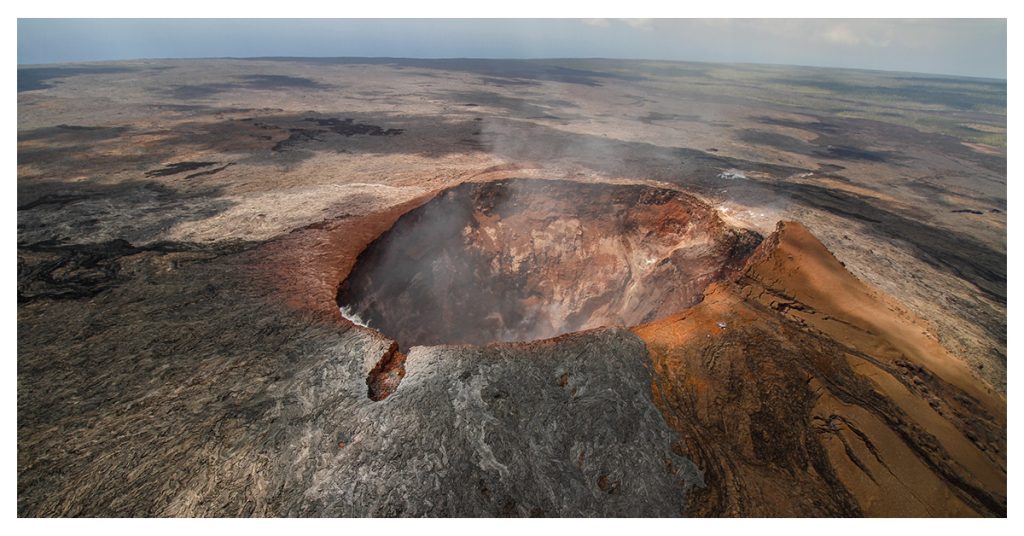
One of the five volcanoes that make up the island of Hawaii is the active shield volcano known as Mauna Loa. The last eruption of Mauna Loa, which is thought to be the biggest volcano on Earth, took place in 1984. The Hawai’i Volcanoes National Park includes its peak. There are many hiking trails up to the summit of Mauna Loa, and its slopes are quite mild. One of the most well-known routes connects Saddle Road with the observatory at 11,135 feet above sea level, Mauna Loa. The Mauna Loa Trail is longer, although it’s not particularly challenging or steep. There isn’t much shade along the trail, so it can get hot en route and cold at the top. Two cabins are available for overnight stays for hikers. Anticipate the hike to be completed in 3 to 4 days and cover a total of 43.2 miles round trip.
11. Pu’u Kukui
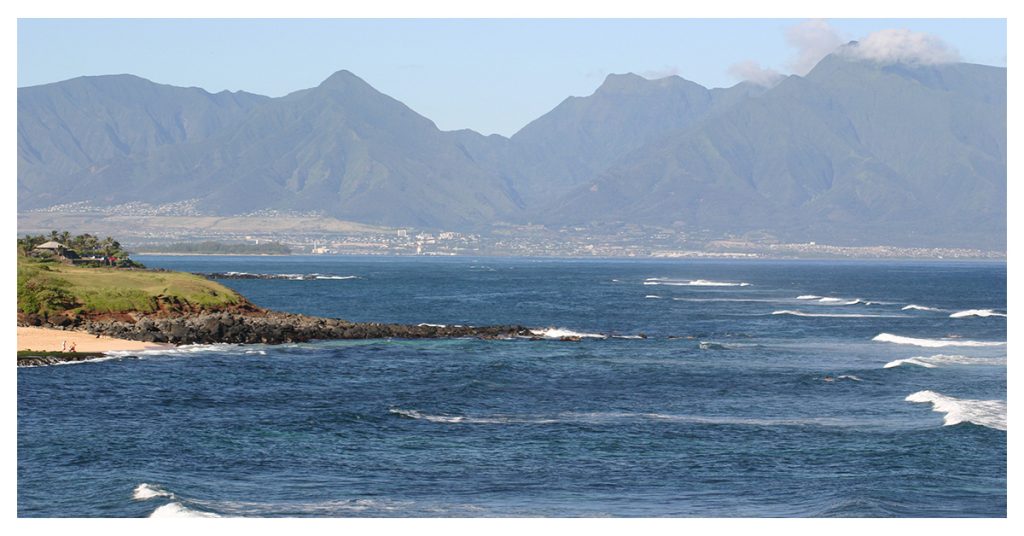
Pu’u Kukui, the tallest summit of Mauna Kahalawai, an eroded remnant of an ancient shield volcano, is situated on the Hawaiian island of Maui at a height of 5,787 feet. The Pu? u Kukui Watershed Management Area, a private nature reserve owned and cared for by the Maui Land & Pineapple Company, is located below the peak. One of the wettest places on Earth is Pu’u Kukui. In addition, the soil is so deep and solid that precipitation cannot drain and ends up in a bog. Many rare plants, birds, and insects can thrive in this special environment. Dwarf trees are prevalent in this area. Hikers are not permitted in the area, and only conservationists and researchers are allowed entry.


